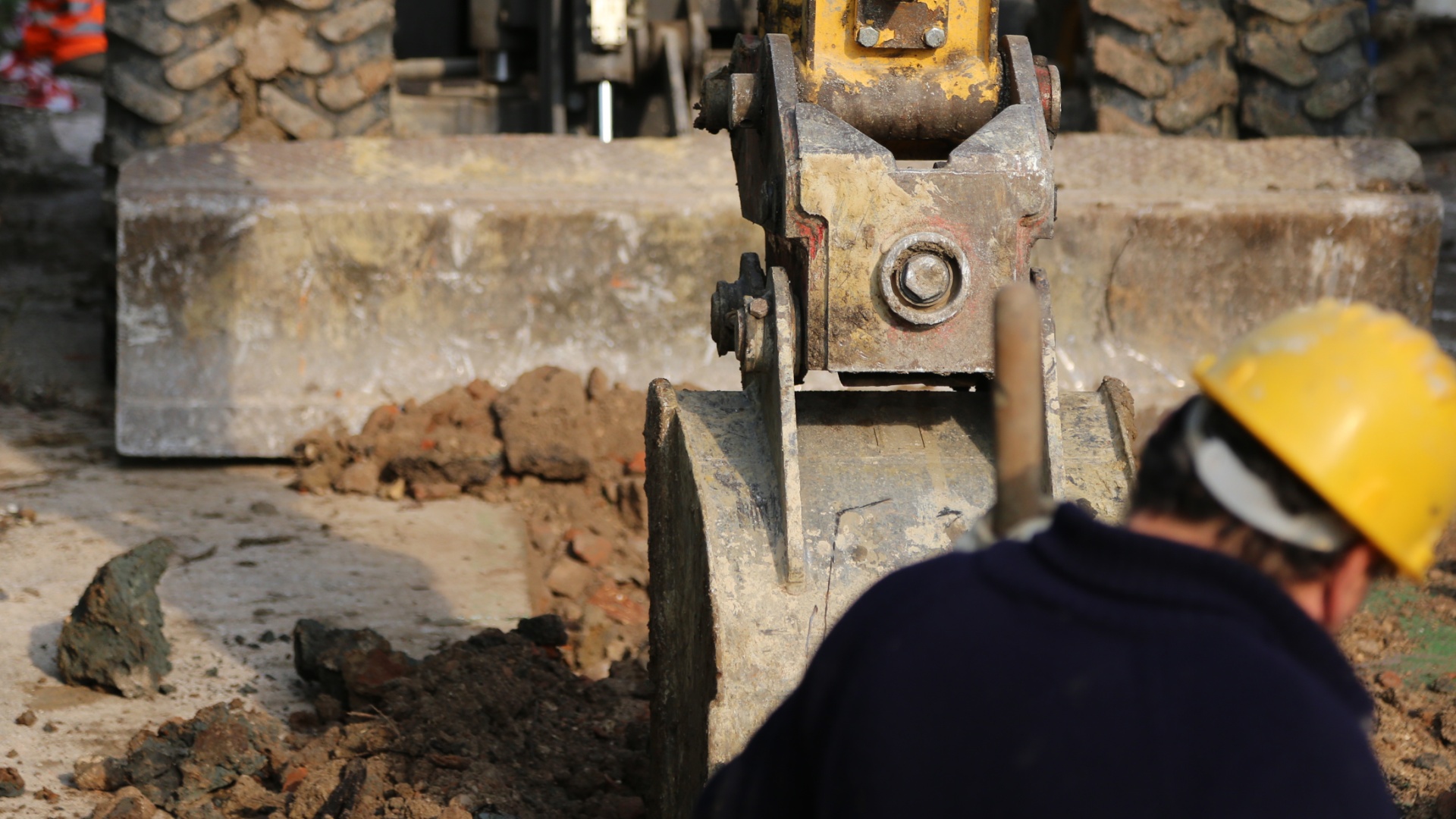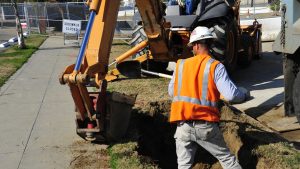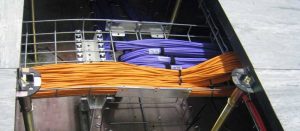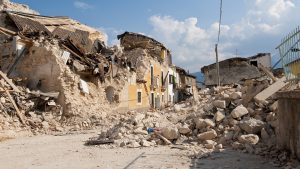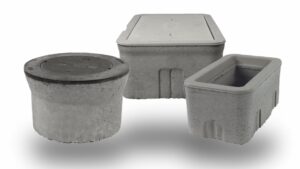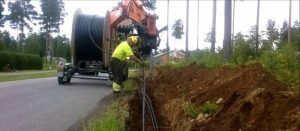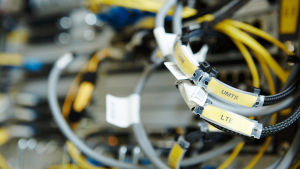Extend Your Network With Outside Plant Cabling – How can you expand the reach of your cabling systems and enterprise networks? By using outside plant (OSP) cable to run infrastructure underground or overhead, you can extend your networks to the outdoors, reaching across a large campus.
With outdoor ratings, OSP cable stands out from traditional indoor-rated copper or fiber cable for its ability to maintain performance despite harsh conditions. It’s designed to withstand flooding, moisture and high and low temperatures, and resists abrasion and tearing.
Where OSP cable should be used
Usually, OSP cabling extends between separate structures. The National Fire Protection Association (NFPA) requires that unlisted OSP cabling be terminated within 15 meters (50 feet) from its point of entry into the building, either through a wall or through the flooring.
At this termination, the structured cabling transitions to listed cabling and continues to connect the enterprise network. A listed cable is one that is certified by Underwriters Laboratories (UL) for specific flammability ratings and listed for its intended use: usually CM, CMR or CMX.
A listed OSP cable can extend beyond the 15-m/50-ft limitation, and can also be used within enterprise buildings in other applications where the characteristics of OSP cabling are of great benefit.
Placing plastic or metal conduit inside a concrete slab is a common approach on campuses such as assisted-living communities. Project teams should not assume that indoor-rated cabling can be placed inside such a conduit.
One common application that calls for OSP cable involves conduit in concrete slab. In many of today’s new assisted-living facilities being built around the country, for example, you may notice the conduit (either plastic PVC or metal EMT) that sticks up out of the concrete slab during construction or renovation projects.
The conduit often used in these applications is designed to run wires and cabling from a centralized location to many specific locations or endpoints. But oftentimes inside this conduit, you’ll find indoor-rated cable—a typical Category 6 cable, for example.
This situation represents two common mistakes made in applications where listed OSP cabling is better suited.
- The project team assumes that normal, indoor-rated cabling will perform well in outdoor applications as long as it’s protected.
- The project team assumes that conduit is enough of a protector for indoor-rated cable.
As any contractor or building owner will tell you, structures move and crack as they age and settle. Eventually, as the ground and concrete shift, conduit can be damaged. If the conduit cracks, water can infiltrate the conduit.
If the cables inside that conduit are indoor-rated, we’ve got bad news: They’re not designed to handle any moisture, so the cables won’t be able to maintain performance. The result?
Network downtime, damaged cables and the need to rip up and replace cabling infrastructure and conduit.
Differential temperatures can also cause damage to indoor-rated cables installed in conduit. When ground temperatures are cold, but above-ground temperatures are warmer, a differential-pressure environment is created where air can be sucked in.
Typically, warmer air has a higher moisture content. When this warm, moist air meets the colder temperatures below the concrete, condensation occurs, creating moisture. The moisture can collect inside the conduit; if the cables inside that conduit are indoor-rated, damage to the cable will occur—even if the conduit itself isn’t damaged in any way.
Conduit placed below a concrete slab poses challenges. Specifically, the conduit can be subject to water ingress from natural or man-made mishaps. If indoor-rated cable is placed in the conduit, it can be subjected to water ingress and fail.
Let’s consider a possible scenario that may or may not be caused by nature, where the conduit rises from the slab at the lowest point of the building. What if this lowest point is in the basement, and flooding occurs from excessive rain, a burst pipe or a toilet overflow? What if the flooding was high enough that it flowed into the top of the conduit?
As the rain subsides, or the plumbing failure is fixed, the flood water would be removed from the floor of the basement through a pumping system or Shop-Vac, but not from the conduit. Water would remain in the conduit; if the cables inside that conduit are indoor-rated, they will be damaged over time.
But how will you ever know if there’s a break, crack, or water in the conduit in the first place? During construction, it is buried and hidden—once it’s placed underground, you’ll likely never see it again.
One way to protect an indoor-rated cable in a conduit is to seal and pressurize the conduit. With a sensor to monitor the pounds-per-square-inch (PSI) rating, you can be notified of decreases and have time to investigate a potential problem early on; however, a pressurized system is not practical or cost effective for a typical enterprise.
Most people won’t realize that the underground conduit has water and is damaging the indoor-rated cabling within until it’s too late—and network performance problems are obvious.
Conduit in-grade below the concrete slab poses a similar challenge. Once contractors lay the conduit, rocks are placed on top and the slab is placed on top of that. Especially in geographic regions where rain is rare, or temperatures are fairly mild, many people take chances and run indoor-rated cable in conduit.
But heavy rains do occur, even in locations that don’t often experience rain. Even flooding due to man-made disasters, such as plumbing mishaps, can cause water ingress into the conduit and expose the indoor-rated cable to outdoor elements that it isn’t designed to handle.
The use of security surveillance cameras over Internet Protocol is becoming more widespread, especially due to the ease of deployment using Power over Ethernet. Listed OSP cabling can help in these types of situations as well.
RELATED: Excavating Telecommunications Cable
Installing a camera on the exterior of a building and directly connecting it to the enterprise network is possible with an OSP cable that resists sunlight and wind exposure, and is able to handle colder temperatures.
A CMX outdoor-rated OSP cable has a cold impact listing to -20 degrees Celsius and the ability to enter the building through the wall and continue to the centralized equipment room or consolidation point.
Using an outside-plant cable makes it possible to install a camera on a building’s exterior wall and directly connect it to the enterprise network.
What standards say?
Not all OSP cables are the same. Each type is designed for a specific purpose, so there are many standards to consider when selecting OSP cabling.
When designing a network that needs OSP cabling, a good guide to use is ANSI/TIA Customer-Owned Outside Plant Telecommunications Infrastructure Standard, developed by the Telecommunications Industry Association (TIA).
It references all the relevant standards for cabling in a harsh environment, and also references relevant performance standards. It also specifies the minimum requirements for customer-owned OSP telecommunications facilities in a campus environment, and specifies the cabling, pathways and spaces needed to support the cabling, no matter the population type or size.
Selecting an OSP cable
When searching for the right OSP cable, consider the following factors.
- National Electrical Code ratings like CM or CMR allow the cable run to exceed the NFPA 50-foot maximum transition length and run long lengths within your building.
- Performance stability can ensure that the cable will continue to perform mechanically and electrically even if the surrounding environment subjects the cable to potentially damaging forces.
- Ultraviolet resistance prevents the sun’s rays from embrittling and/or fading the cable’s outer jacket.
- A wide temperature range will allow the cable to weather temperature extremes. Gel filling keeps moisture out of the cable’s core, maintaining its electrical performance, ensuring consistent impedance and insertion loss for the life of the product. Gel-filled cables can be difficult to work with, however, so ensure that the gel is user-friendly and clean to install, and requires minimal prep time.
- PoE compatibility is recommended for outdoor cables with digital buildings moving to the forefront. OSP cables that support power and data over a single cable, make installations easier and faster. PoE cable in OSP applications can also be used to reach outside cameras without having to run electricity or conduit to the camera, or requiring a nearby electrical outlet.

